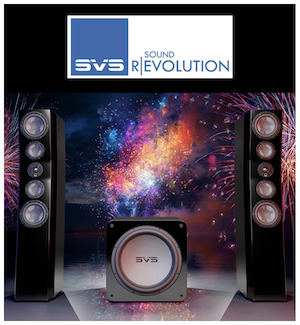There is a lot to consider here, but I will say, bright tonal balance is one common way to make vocals more clear. The concept of clarity in acoustics is somewhat complex, especially in small room acoustics. We find voices more interpretable if the sound balance is pushed toward our area of greatest sensitivity and if other background noises are softer. We also find greater interpretability if the acoustics are minimally reflective, that there is very little dwell in the sound decay or any obvious echoes.
Before blaming the center (which may be a problem) I would look at acoustics of the space. If you have the capacity, take measurements of the Left, Right, and Center speaker separately. If you can send an MDAT file I can look at it for clues to clarity issues. Add in a description of the room and placement, even pictures are helpful. I suggest doing this in its own thread too. I've run into this problem with others and found it to be fixable with little tweaks. Even if it is not fixable with a tweak, I bet we can find out what is wrong.
I happen to think horizontal centers are a bad idea. They are a design mistake that came about due to aesthetics and packaging, not sound. Three identical speakers make more sense. If the drivers, crossover, and orientation are the same, then the dispersion and the tonal balance will be the same. If you have a TM L and R but a horizontal MTM center, they cannot and do not have the same dispersion and likely do not have the same tonal balance. In fact, a horizontal MTM is a fairly bad design as it has lobing (nulls) in the response to the sides, and not typically where the walls are where it would be ok, but where people are. Often the response changes drastically across the seating area with such design. Thankfully designers have become savvy to this and new centers are often better. Many are now 2.5 way or 3-way designs and provide a better response. I still do not feel that many of them provide the same response and many still have issues. Sticking drivers on the sides of a tweeter always affect its dispersion. Even if you have a vertical Tweeter and midrange array, the woofers on either side will affect its dispersion, it won't match the left and right speaker, and so this effectively changes the tonal balance at any position not on-axis.
If you have EQ in your processor or receiver, it is possible that the center can be EQed to match the L and R tonal balance better and/or improve its intelligibility. It is also possible that the center channel level wasn't right before. I've had a number of auto-EQ software packages mess up the levels. Sometimes they will get the levels off by a lot, as much as 6db's. If the response of the center doesn't match the L and R speaker at the point of the microphone, it is very common that the software will not get the levels right.












